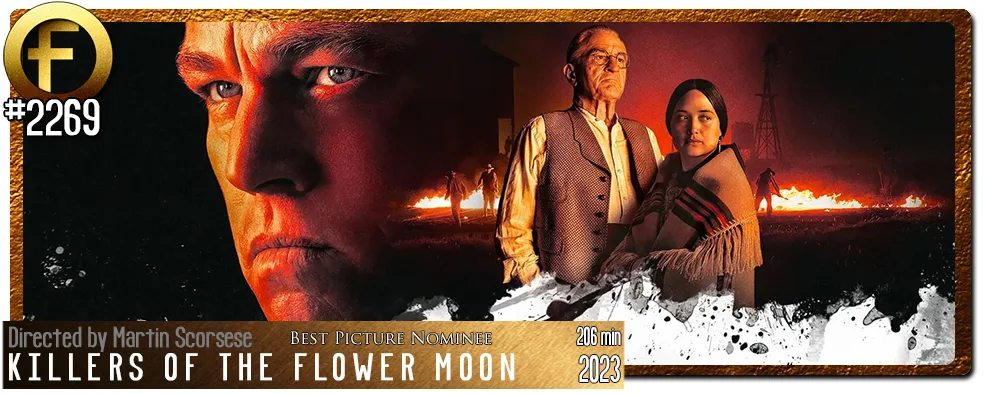Movie Review – Killers of The Flower Moon
Principal Cast : Leonardo DiCaprio, Robert DeNiro, Lily Gladstone, Jesse Plemons, Tantoo Cardinal, John Lithgow, Brendan Fraser, Cara Jade Myers, JaNae Collins, Jillian Dion, Jason Isbell, William Belleau, Louis Cancelmi, Scott Shepherd, Brent Langdon, Everett Waller, Ralee Redcorn, Yancey Red Corn, Tatanka Means, Sturgill Simpson, Ty Mitchell, Pete Yom, Gary Basaraba, Charlie Misslewhite, Pat Healy, Steve Witting, Steve Routman, Michael Abbott Jr, Randy Houser, Jack White.
Synopsis: When oil is discovered in 1920s Oklahoma under Osage Nation land, the Osage people are murdered one by one – until the FBI steps in to unravel the mystery.
********
Martin Scorsese’s latest magnum opus, Killers Of The Flower Moon, clocks in at a tick over three and a half hours, and is arguably the most well paced film I’ve seen in the last five years – this film positively flies by! Admittedly I had Google to hand simultaneously trying to work out what was going on; as a non-American, the plight of the Oklahoman Osage Indian tribes in the early 20th Century weren’t exactly front and square on our educational platforms here in Australia when I was at school, so a working knowledge of the political, social and national subtext of what occurs in this film was completely foreign to me, but with his typically violent flourishes and tremulous Important Movie style, Scorsese imparts a collective mourning for the acts perpetrated against a minority that stand as a testament to the wrongdoing American history has exacted upon its indigenous communities for generations.
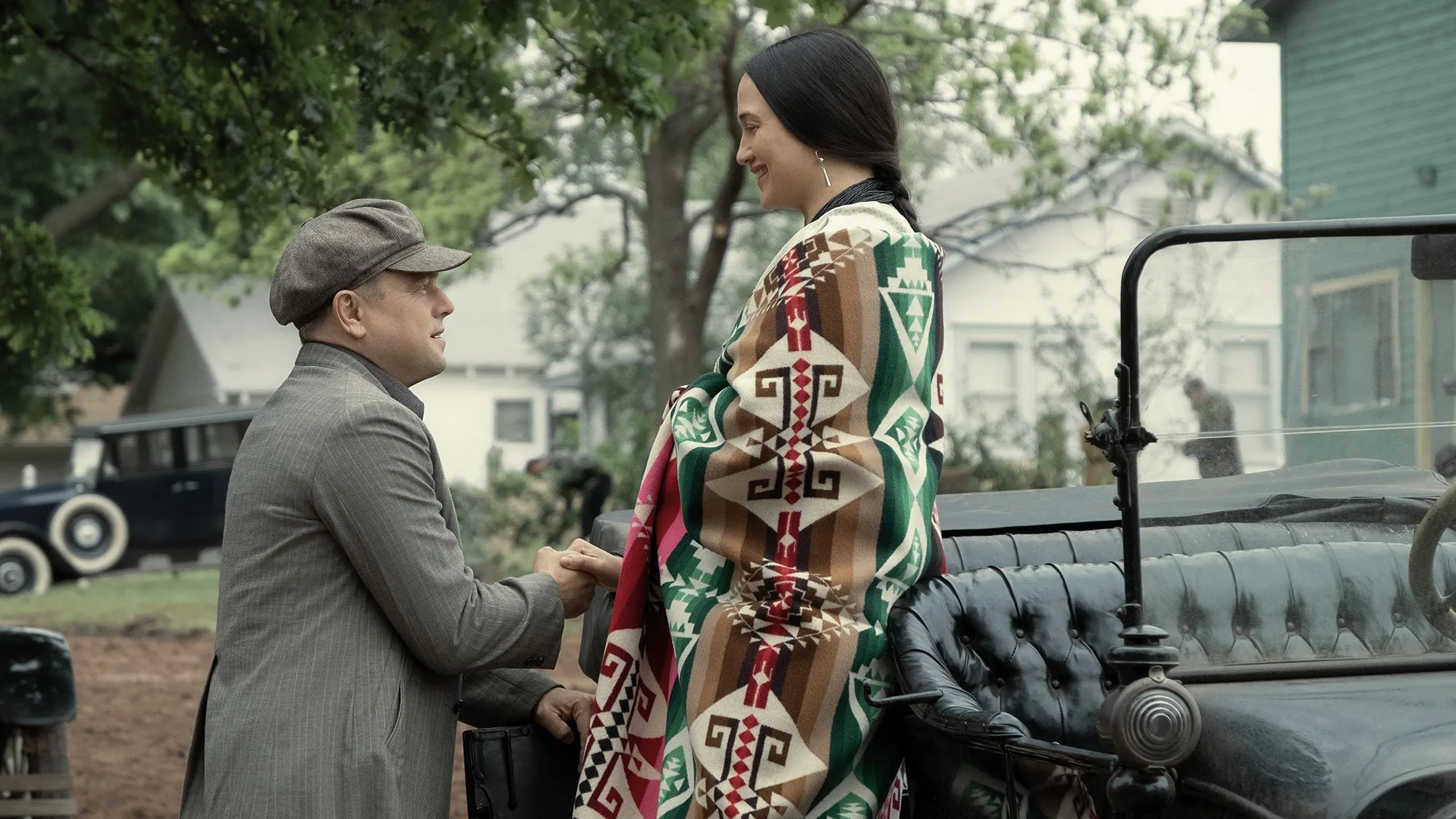
Set against the backdrop of a newly energised nation following the end of World War I, Killers of The Flower Moon tells the story of Ernest Burkart (Leonardo DiCaprio, who also serves as executive producer here) relocating to Oklahoma to assist with his Uncle, William “King” Hale (Robert DeNiro, doing his damndest to out-DeNiro himself) in running his cattle farm, only to fall for local Osage woman Mollie Kyle (a wonderful Lily Gladstone), marry her, and then fall prey to greed and deception as the white community engaged in cultural genocide in order to obtain headrights to a nearby oilfield, rights owned the indigenous community but overseen by the powerful oil companies.
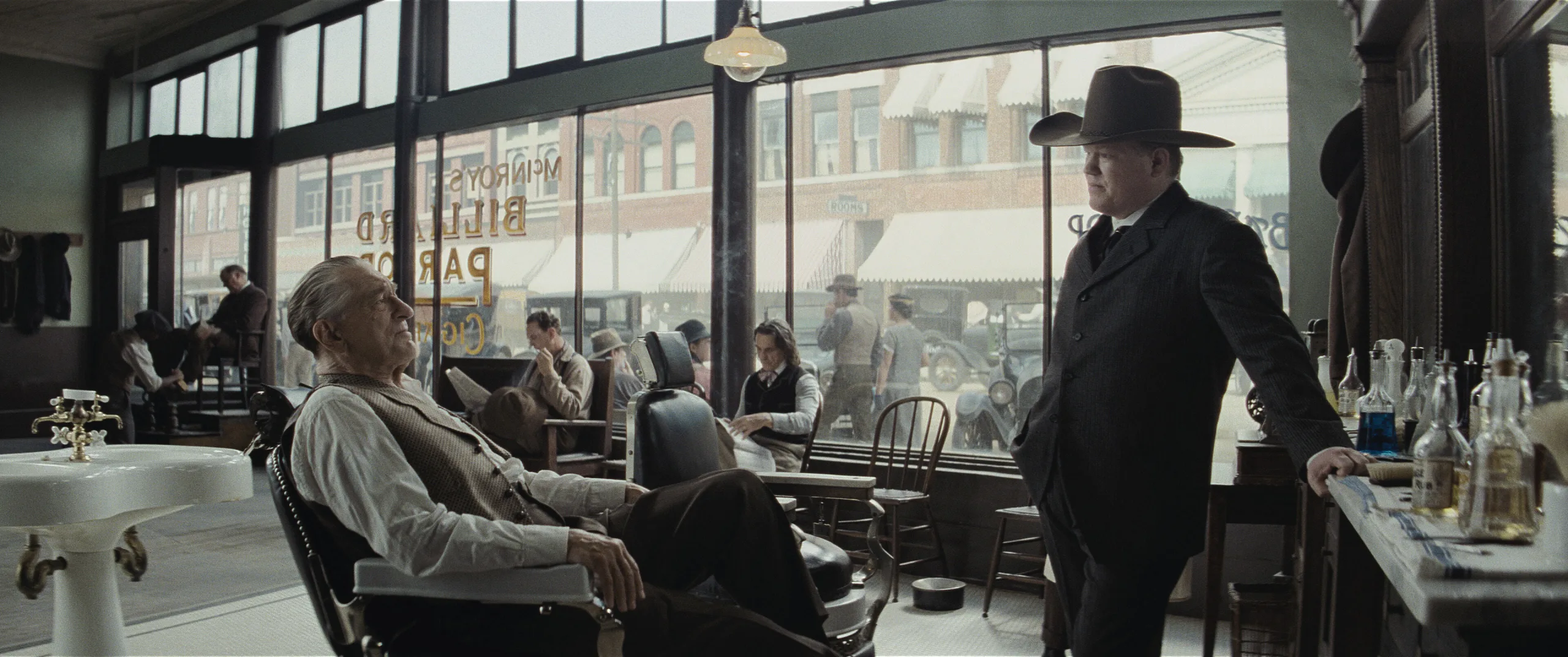
Duplicity, violence, vengeance and redemption (or lack thereof) are hallmarks of Scorsese’s films, a particular focus of America’s greatest directorial force being flawed, broken people – often criminals – doing what they can to either survive or flourish, often to their own detriment but even more often to the effect of hurting those around them. This project, an adaptation of David Grann’s non-fiction book of the same name and turning real-world characters into fictionalised avatars, is definitely a prestige work much like his previous monstrously long epic, The Irishman, and comes with the gravitas and sense of occasion only a director like Scorsese can impart – every shot, every frame, every nuanced second of this is Very Important, although not in a self-indulgent way; really, it’s a story of innocence lost, much like a lot of American history when greed corrupts a community, and the tone of the film reflects this grey-hued sadness. Scorsese’s regular editor Thelma Schoonmaker should again win an Oscar for cutting such a towering work of reality with remarkable precision, turning an epic human failure into a masterful piece of widescreen filmmaking that never lags despite its bladder-testing runtime. I’ve never been so engrossed for so long as I was here, at three hours I was still hugely invested in DiCaprio’s characters’ arc and the dangling plot threads, woven into the fabric of this breath-taking landscape setting. The fact I had never even heard of this part of America’s historic tapestry only makes the result all that more powerful for its effect, because the film really does impart some compelling pieces of storytelling – that is, right up until the end when Scorsese botches it utterly.
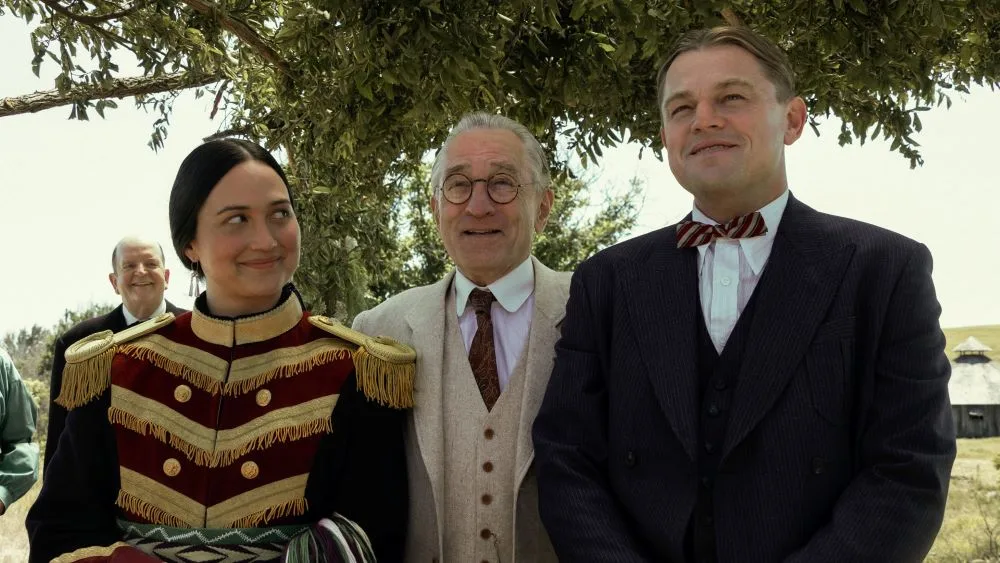
For 99.9 percent of its running time, Killers of the Flower Moon is largely faultless, a sweeping, truly epic story of human struggle on a scale Scorsese hasn’t worked with since Silence, or maybe even Kundun. The film is quite intimate with its depictions of American life (and American death) in the early 20th Century, and offers quite a violent tableau upon which our characters percolate. In what I can only imagine was some last-minute attempt to wrap things up from a dramatic perspective, Scorsese, in the film’s final sequence, cuts to a bizarre stage-bound radio teleplay rendition of the characters’ final fates – what became of the real Ernest Burkhart, William Hale and Mollie Kyle, as well as the co-conspirators in the Osage Murders plot, is recounted by hammy radio announcers to a scandalised audience. It’s a capital-C choice for Scorsese to break away from the glorious re-enactment he’s treated us to for the previous three hours and change, and in my opinion it’s a dramatic choice that doesn’t work at all. The emotional journey we’ve been on for so long to be underwritten as a play for gossip and lewd salaciousness is astoundingly on-the-nose for a filmmaker of Scorsese’s calibre, and I was shocked as just how I felt it cheapened the overall movie. Had he finished the film with Ernest and Hale’s imprisonment somehow, the film might have finished on a more introspective or reflective note; instead, it’s a circus act and I can’t understand why this choice was made.
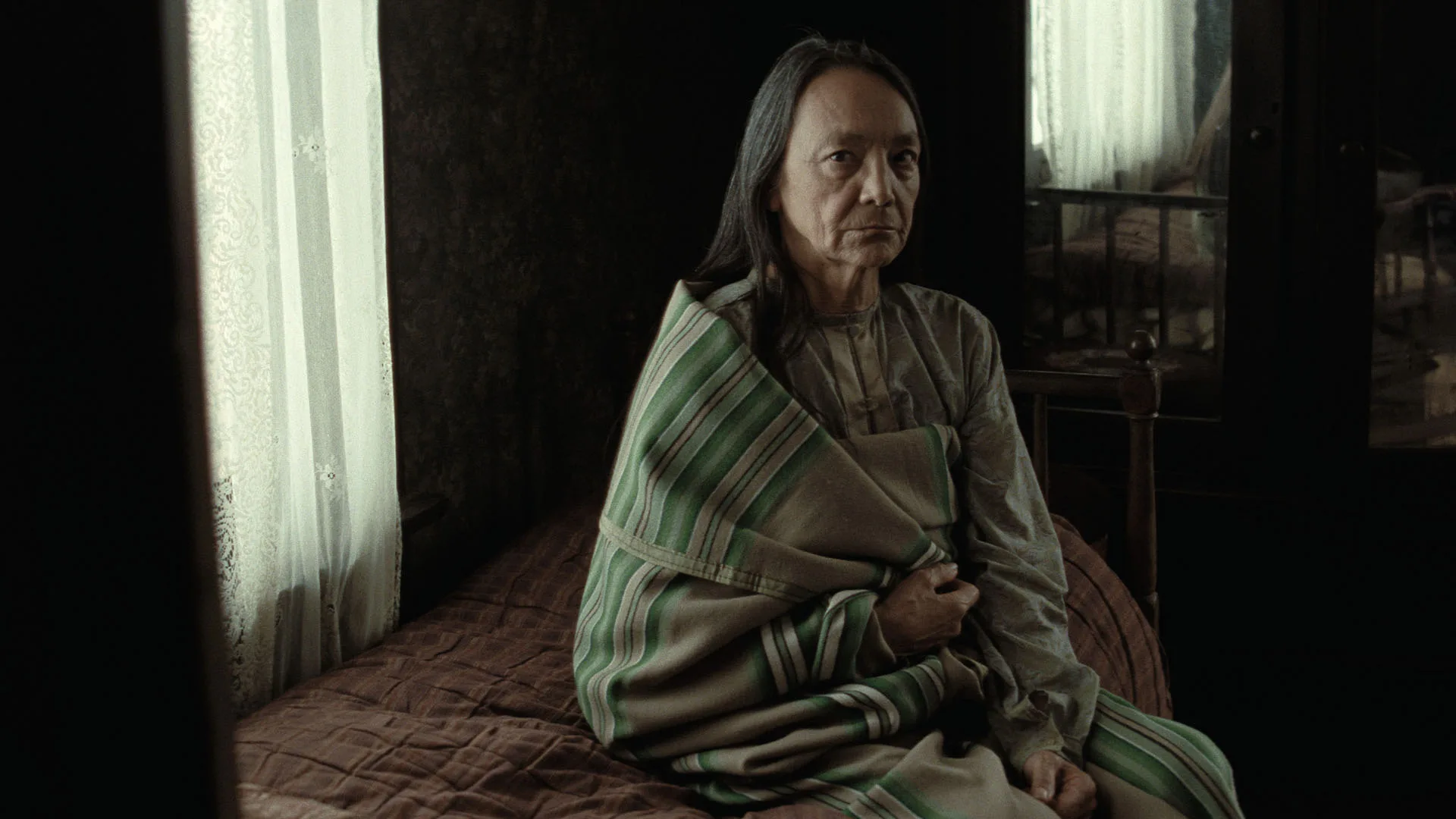
The cast are all exceptional. DiCaprio, sporting some hideous teeth prosthetics and a weird hunched affectation, sinks into the role of Ernest supremely, a real honest turn from an actor I often find recently still seems to be “Leo playing a role” rather than a genuine performance. His chemistry and on-screen rapport with relative newcomer Lily Gladstone is effortlessly wonderful, with the latter playing the strong-willed Osage woman with a granite-cored resolve. For his part, Robert DeNiro is excellent, sinking his teeth into a role well outside his normal wheelhouse (in my opinion) and absolutely nailing it – as the duplicitous Hale, he almost becomes the town’s default Tump avatar, owning and caressing the murderous assassinations of the Osage people in order to further his ambition to be filthy rich, and yet unable (or unwilling) to see the damage he causes to his own kin. DeNiro is arguably the standout for me, a man bloated by arrogance and racism, who cannot see his own doom approaching. The supporting cast is also up to the task, offering pitch perfect delivery, some superb visual looks and a real historic vibrancy to the story – the likes of Jesse Plemons, as an early period FBI agent, and Brendan Fraser as a lawyer late in the third act, provide Hollywood heft to contrast against the Native American casting as well; nobody, but nobody puts a foot wrong here in terms of performance, and it’s a credit to Scorsese and his eye for how things and people look on screen.
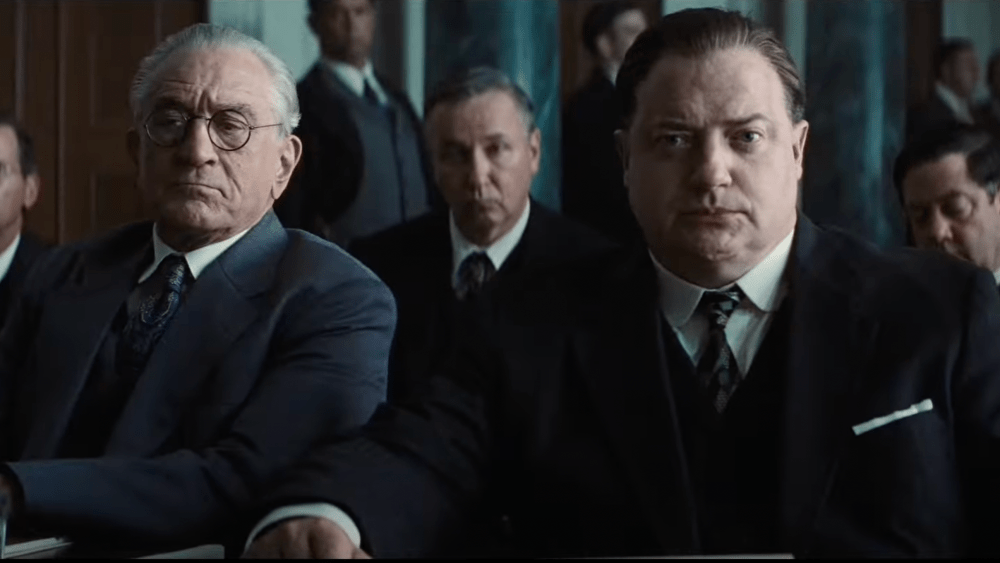
Casual audiences may baulk at the lengthy runtime of Killers of The Flower Moon, but if I can influence anyone to make the effort and give this a whole-night viewing opportunity I think this is the way to watch it. Breaking a film like this into hour-long segments over a couple of nights would do significant disservice to Thelma’s sublime editorial choices and the film’s legitimately great pacing. The film covers a lot of ground, so having a passing understanding of the background here is probably worth investing some time in on Wikipedia or Google, and people largely unfamiliar with American history will likely struggle; it’s worth the time investment, however, because with the calibre of talent in front of and behind the camera there’s no argument that Scorsese’s latest is yet another near-masterpiece. If only that final scene has been cut.

